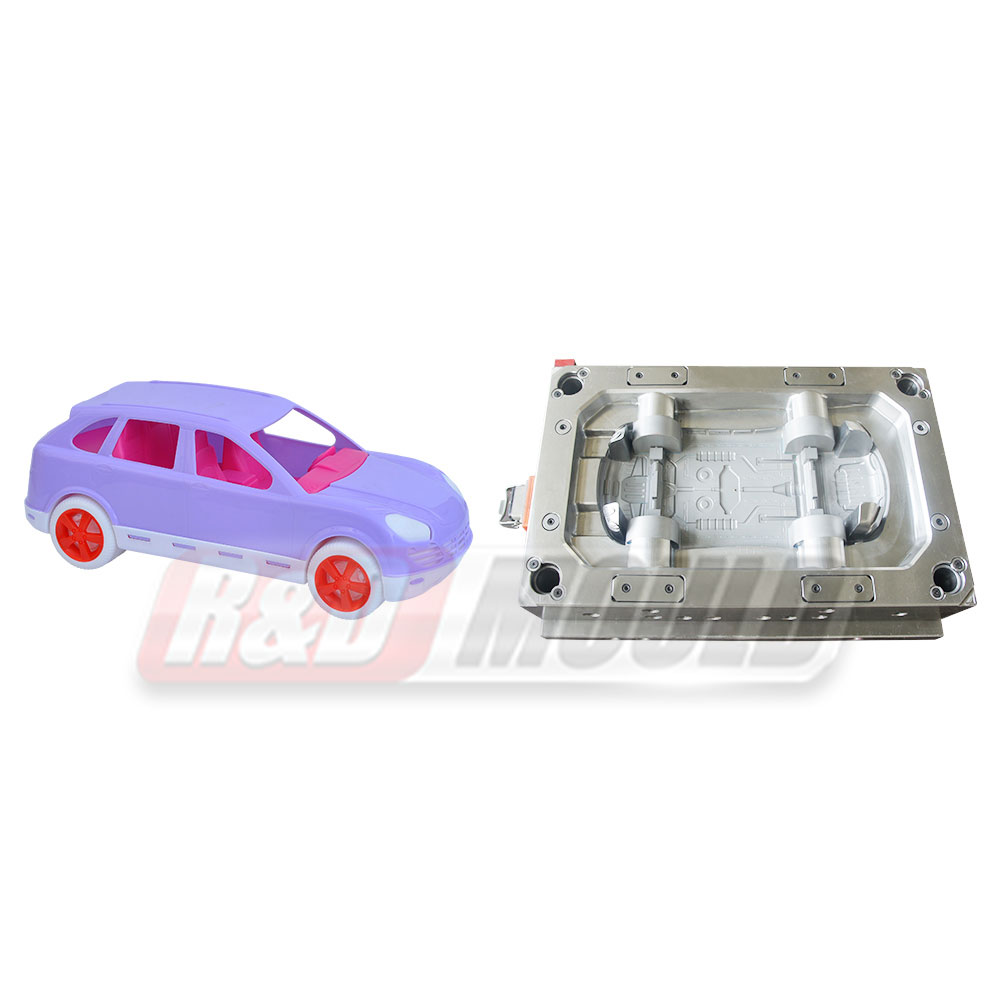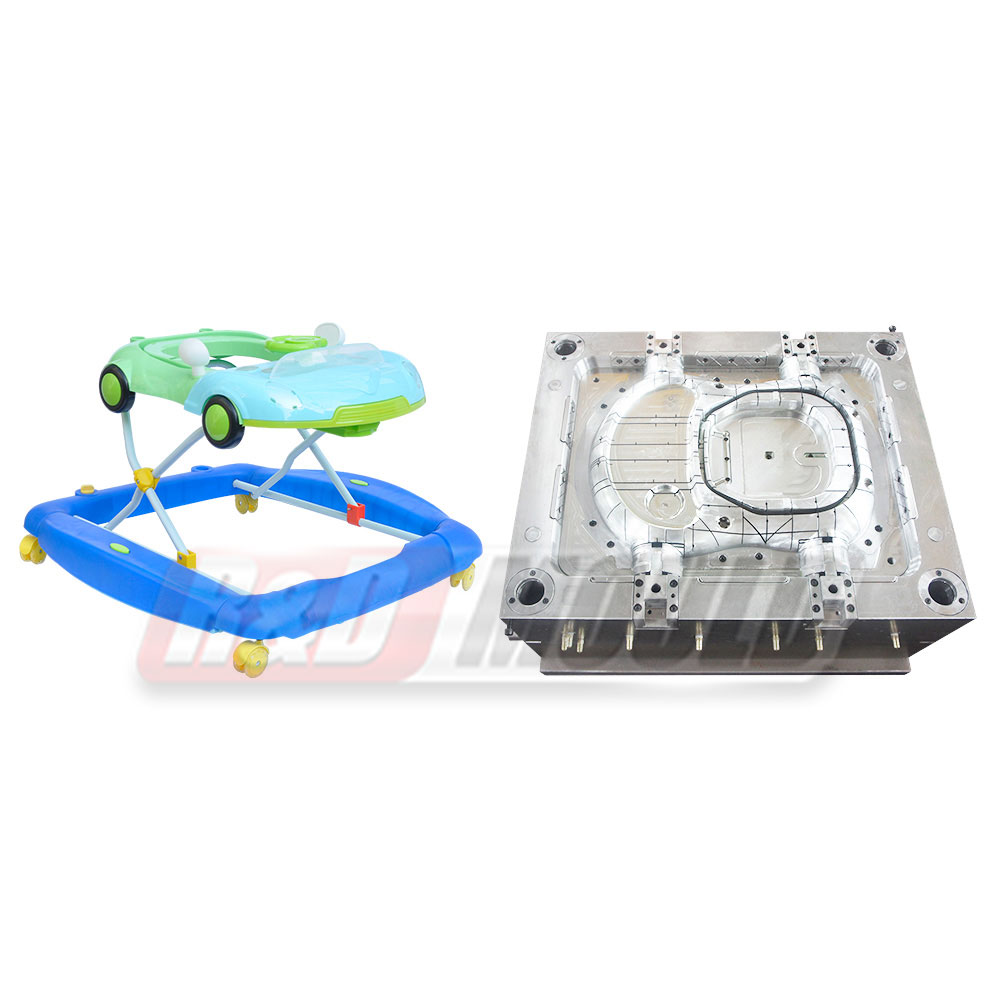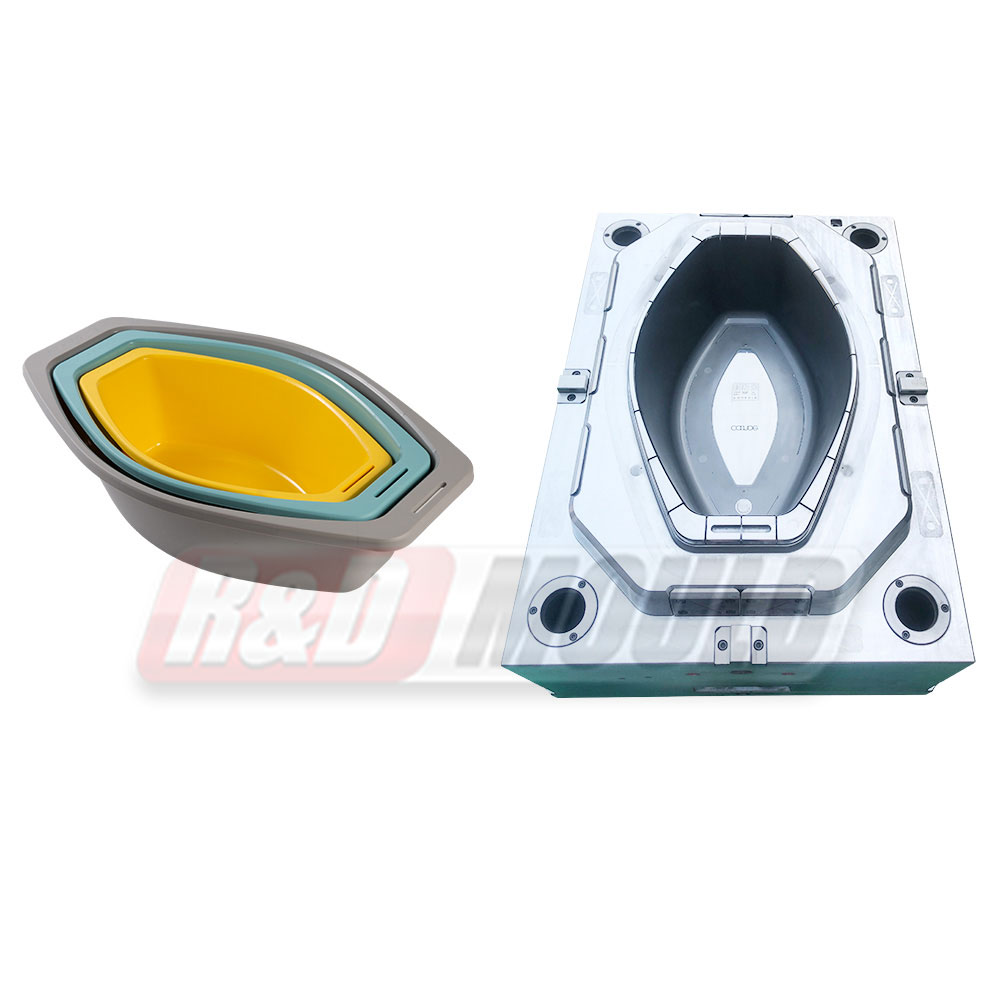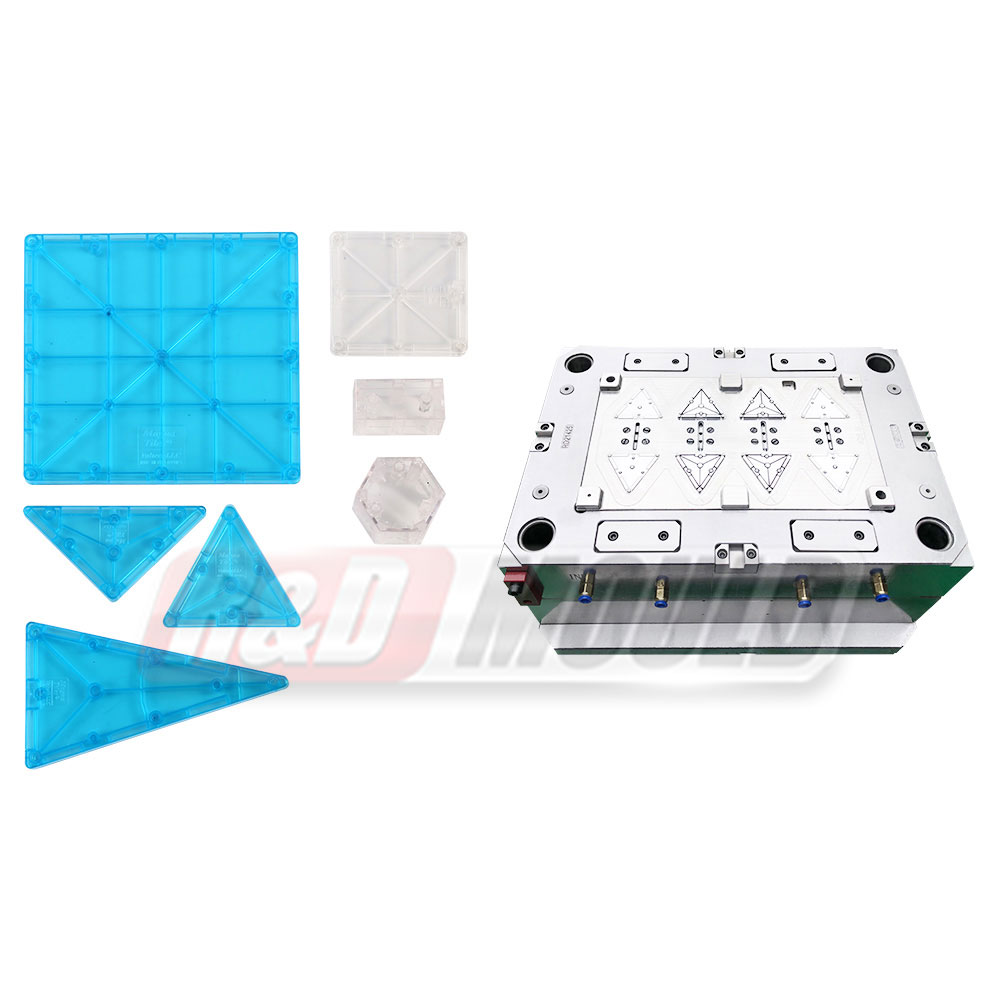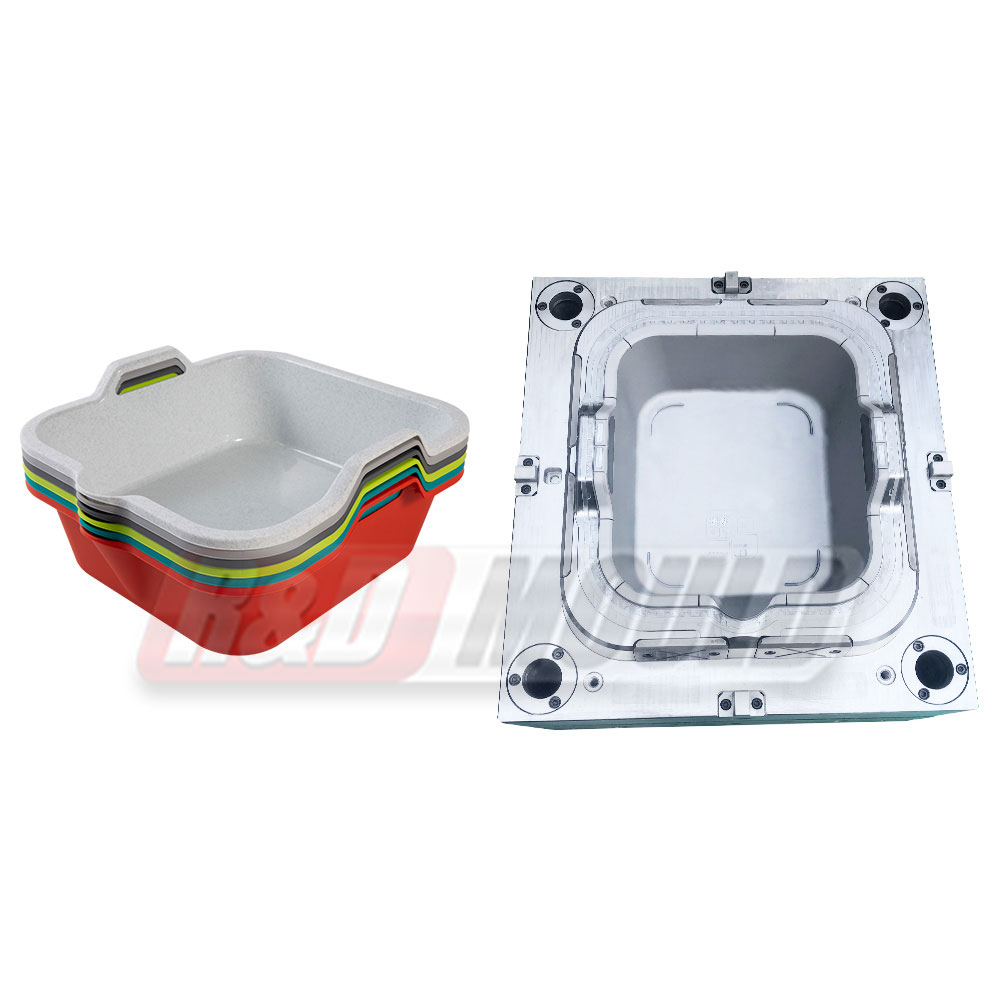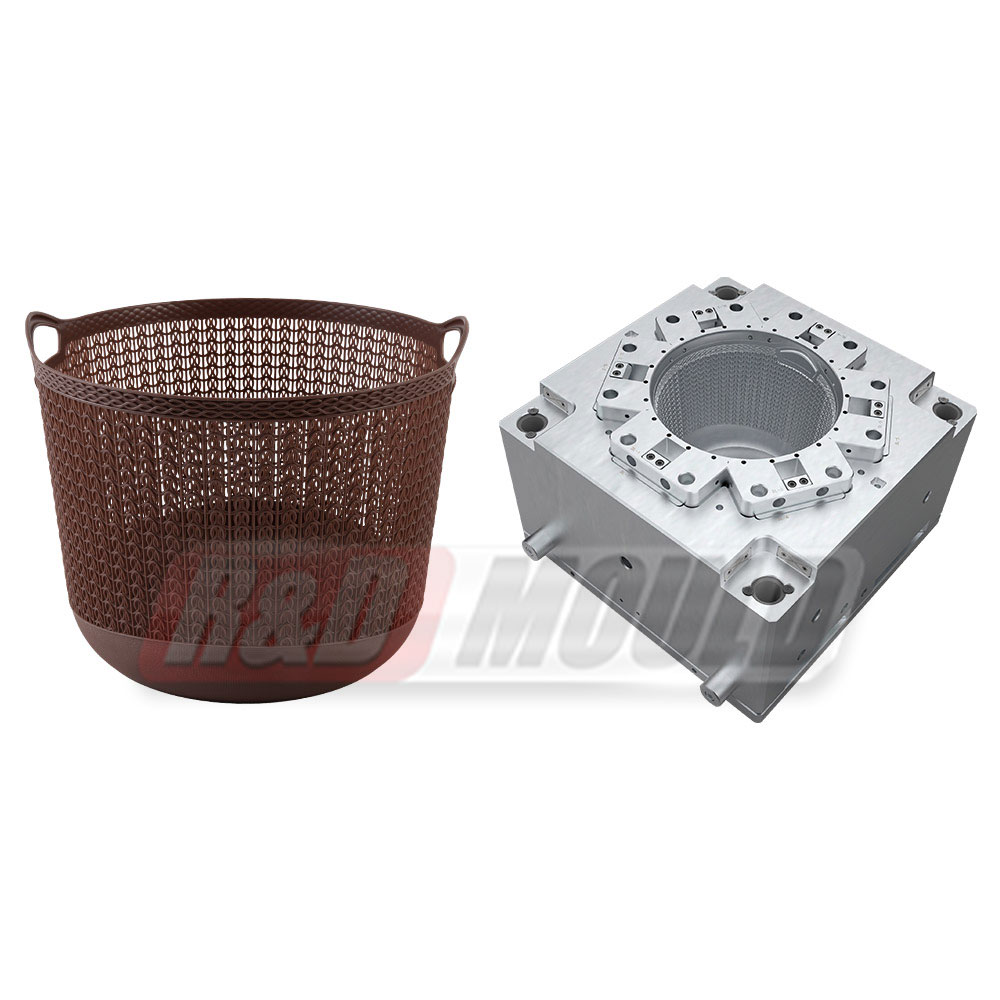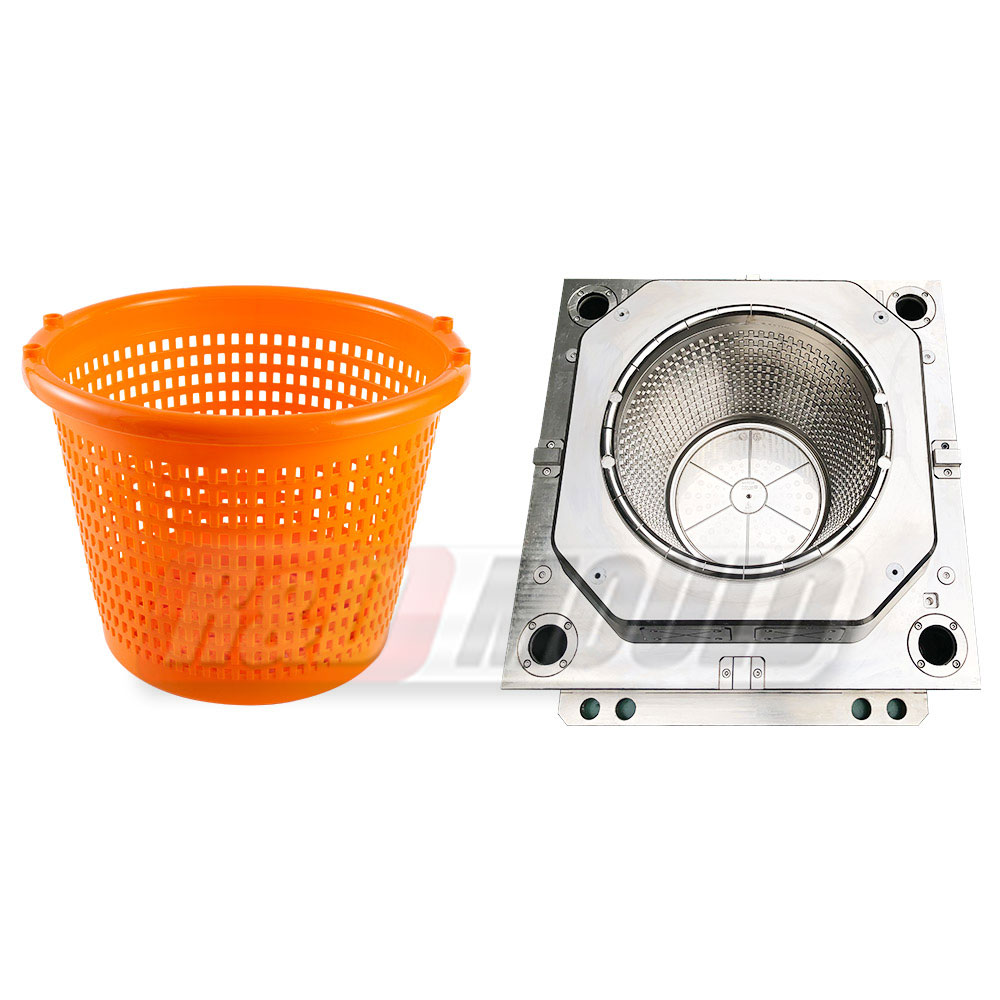The manufacturing of plastic baskets has seen significant transformations in recent years, largely driven by advances in automation and intelligent tooling. At the heart of this evolution lies the plastic basket mould, a critical component that determines not only the shape and durability of the final product but also the efficiency of the entire production line. Understanding how automated production lines influence plastic basket mould design, the role of smart molds, and the latest techniques for improving production efficiency offers valuable insight into the future of plastic basket manufacturing.
The Influence of Automated Production Lines on Plastic Basket Mould Design
Automated production lines have become increasingly common in plastic basket manufacturing facilities. These lines integrate injection molding machines, robotic handling, and quality inspection systems to streamline operations and reduce manual intervention. The presence of automation has a direct impact on the design considerations for the plastic basket mould.
Firstly, molds designed for automated lines often require enhanced durability and precision to maintain consistent performance over extended runs without frequent manual adjustments. The plastic basket mould must be engineered to withstand rapid cycling and high production volumes while maintaining tight tolerances.
Secondly, the mold design must accommodate robotic handling. Features such as standardized ejector pin layouts and carefully designed release mechanisms ensure that the molded baskets can be easily removed from the plastic basket mould and transferred down the production line by robotic arms or conveyors.
Another aspect affected by automation is mold cooling. Automated lines prioritize short cycle times to maximize output. Therefore, plastic basket mould designs include optimized cooling channels that maintain uniform temperatures, helping reduce warpage and shorten the molding cycle. Advanced simulation tools help engineers refine these cooling systems during the design phase.
Overall, automation pushes the plastic basket mould design toward higher reliability, faster cycles, and compatibility with robotic systems, driving improvements in production efficiency and product quality.
Smart Mold Applications in Plastic Basket Manufacturing
Smart molds represent a significant innovation in the production of plastic baskets. These molds integrate sensors and control systems to provide real-time monitoring and adjustments during the molding process. The adoption of smart technology in plastic basket mould manufacturing is growing steadily due to the benefits it offers.

Equipped with temperature sensors, pressure gauges, and cavity monitoring devices, smart plastic basket moulds provide manufacturers with critical data that can be used to optimize production parameters on the fly. For example, if a sensor detects uneven pressure or temperature, adjustments can be made automatically to prevent defects such as sink marks, warpage, or short shots.
Another advantage of smart molds is predictive maintenance. By continuously monitoring the condition of the plastic basket mould, early signs of wear or damage can be identified before they to costly downtime or product quality issues. This proactive approach extends mold life and reduces maintenance costs.
Moreover, smart molds support data collection for quality control. Traceability of each molded basket’s production conditions helps identify root causes of defects and allows manufacturers to fine-tune their processes, resulting in improved consistency.
The integration of smart technology into the plastic basket mould manufacturing process is helping companies meet increasing demands for quality and efficiency while minimizing waste and downtime.
Techniques to Enhance Production Efficiency Using Plastic Basket Moulds
Beyond automation and smart technology, there are several techniques employed to improve the efficiency of plastic basket manufacturing using the plastic basket mould.
One key method is multi-cavity molding. Instead of producing a single basket per cycle, multi-cavity plastic basket moulds allow several baskets to be formed simultaneously. This approach multiplies output without requiring additional molding machines, making it a cost-effective way to increase production capacity.
Another technique is the use of rapid mold change systems. These systems enable manufacturers to swap plastic basket moulds quickly and with minimal downtime, allowing for flexible production runs and faster response to market demands.
Optimizing mold maintenance schedules based on usage data—especially when combined with smart mold monitoring—helps prevent unexpected failures and keeps production lines running smoothly.
Advanced mold materials and surface treatments also contribute to efficiency. Durable materials reduce wear and the need for frequent repairs, while special coatings can improve the release of baskets from the plastic basket mould, speeding up the ejection process.
Finally, simulation and digital twin technologies allow manufacturers to model the injection molding process with their specific plastic basket mould designs before actual production. This practice identifies potential issues early and optimizes cycle times, contributing to more efficient and consistent manufacturing.
As automation and smart manufacturing technologies continue to develop, the plastic basket mould will remain a key factor in shaping the productivity and sustainability of basket production.
Manufacturers are expected to increasingly adopt integrated production lines where smart plastic basket moulds communicate directly with robots and quality inspection systems. This connectivity will create more responsive and adaptable manufacturing environments capable of producing higher volumes with consistent quality.
Furthermore, innovations in materials and mold design will enable even faster cycle times and longer mold lifespans, reducing costs and environmental impact.
In this landscape, the plastic basket mould is not just a tool but a central element of a more intelligent and efficient production ecosystem.
In summary, the influence of automated production lines has led to more robust and precisely engineered plastic basket moulds designed to operate seamlessly with robotics. Smart mold technologies enhance monitoring and quality control, while advanced techniques improve efficiency and flexibility. Together, these developments point to a future where plastic basket mould manufacturing is increasingly automated, intelligent, and efficient, meeting both market demands and sustainability goals.





 English
English عربى
عربى Español
Español Français
Français